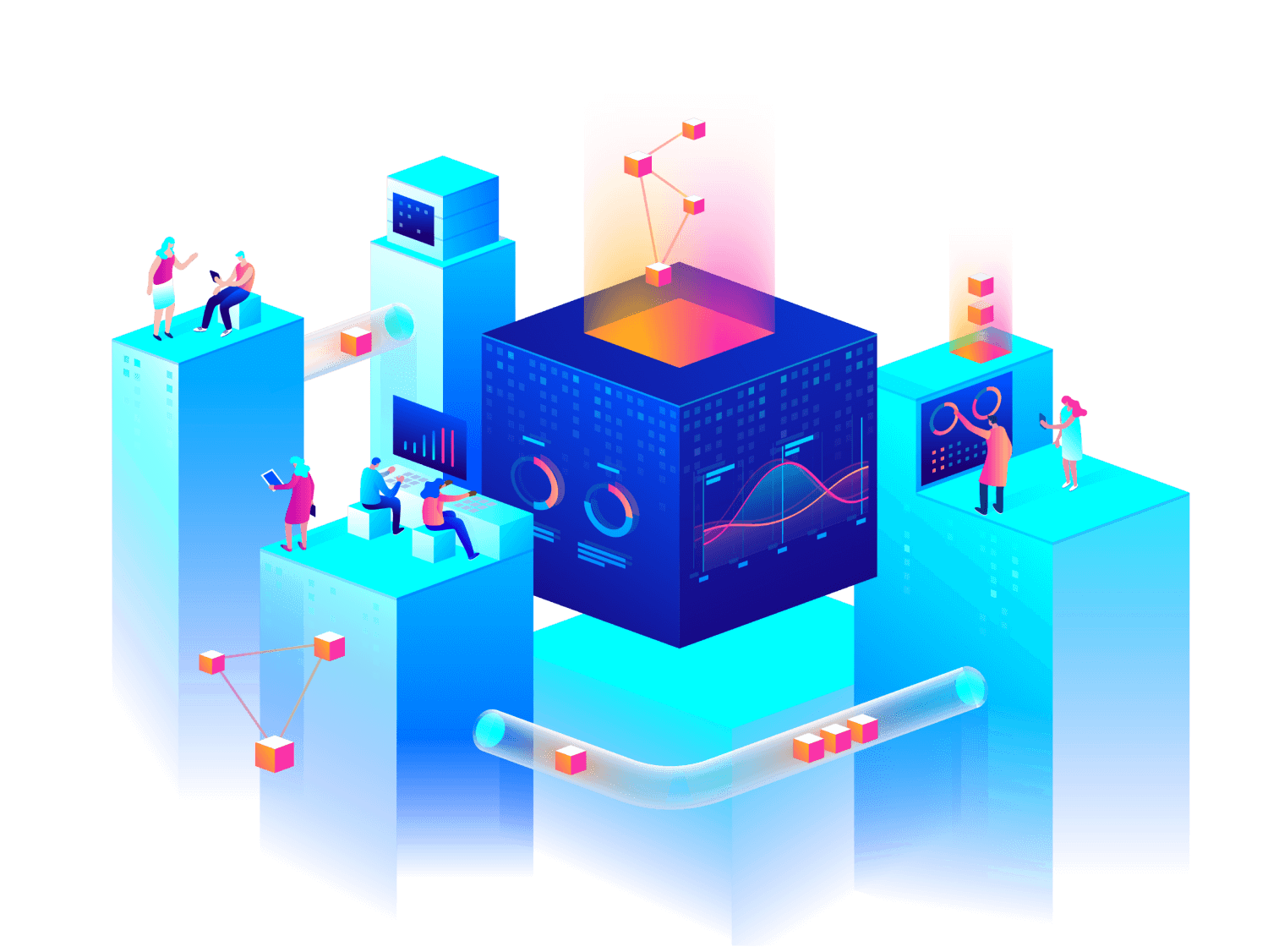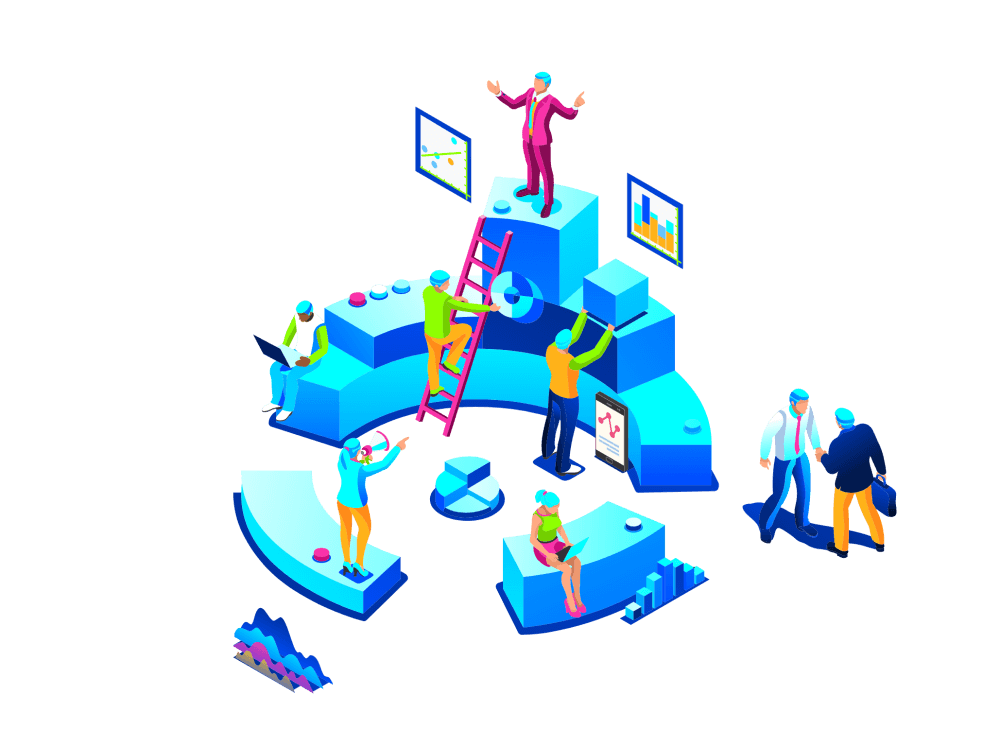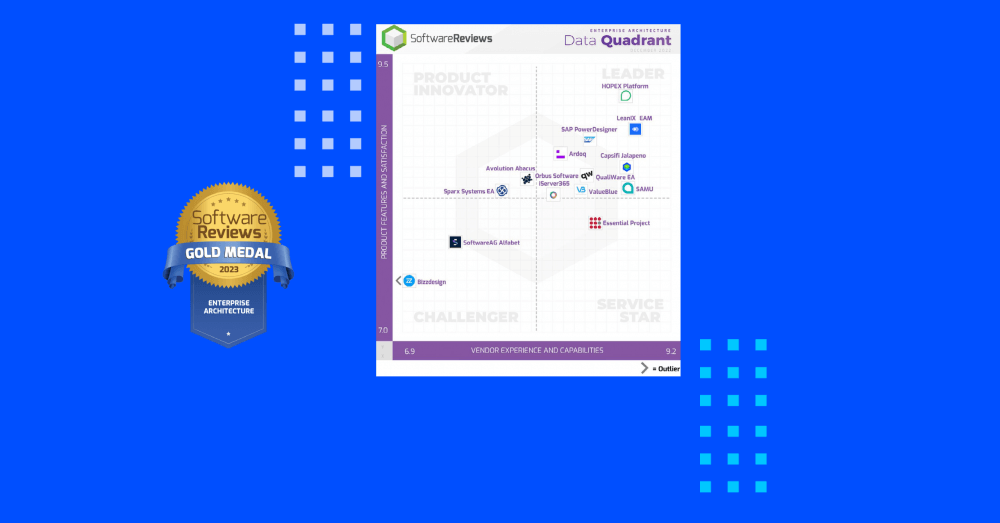Company > News & insights
Resilient Enterprises Develop the Capacity to Rapidly Adapt

“Resilience deals with what is unknown, changeable, unpredictable, and improbable — and has significant consequences.”
Disruptions happen … when the unexpected happens. They come in many shapes and take many different forms:
- In Business: As markets and customer expectations quickly evolve, or as competitors take unexpected actions, or as new types of competitors enter your market, or as someone builds a better mousetrap, or as regulators change the rules of the game.
- In Society: For example, with Covid-19, the world quickly got used to hearing words like “unprecedented.” But now that also comes out for extreme weather events and impacts on our climate, which then have unexpected consequences on supply chains. Geopolitical decisions, and our reactions to them, can drive shortages of raw materials, impacting high technology component production and create temporary labor shortages.
Any of these sorts of things can have the potential to significantly disrupt the organisation. It’s not especially new, but given the dramatic impact of the pandemic, savvy business leaders now realise they must “expect the unexpected.”
Indeed, firms not only need to plan for the inevitability of disruptions, they must develop the capacity – the resilience – to quickly sense the challenge and rapidly adapt. Just as in nature, organisations also need the equivalent of “sense and respond” … to bounce-back from the unexpected.
The Antidote to Disruption is Resilience
Most interpret resilience as an exercise in risk reduction. The idea being that if only we could predict all the things that could go “wrong” we could then plan different actions and tactics to mitigate (avoid those things happening). But is that enough to ensure that resilience at an enterprise level?
Enterprise Resilience is the capacity and agility of an organization to adapt and respond to change, addressing threats and leveraging opportunities.
Enterprise Resilience is a key ingredient of a highly adaptive organization. Enterprise Resilience implies the need to engage employees to:
- Spot the potential for disruption. That means listening for what start off as “weak signals” and having the mechanisms to potentially elevate the discussion, or form teams to explore an organisational response.
- Assess the impact. As teams dig into the implications of a disruption or trend on a particular business offering – a service or product – they need the ability to identify and explore its impact on supporting business capabilities, people, processes, information and technology.
- Design and innovate new offerings. With growing awareness inside the organisation, the response team members, and its purpose evolves. Team members will need the ability to create/update the vision for new products and services. They will need the ability to flesh out that vision by designing the external stakeholder experience and the capabilities needed to support it. They’ll need the ability to undertake a gap analysis against the current state and then define how resources (people), processes, information and technology will need to combine to deliver that new offering.
- Execute the changes. Of course, it’s not just a question of flipping a switch. The change project/programme required to bring that offering to market will have many steps (epics) and iterations (sprints). The scope of each one of these iterations needs articulating and communicating to the relevant parties (which may involve other stakeholders up and down the value chain). The net results need testing in the market to see whether the assumptions made by teams play out as planned.
There are always many individuals, roles and responsibilities involved in such a transformative exercise. A new offering is often delivering a new form of value to a new type of stakeholder, which in turn may lead to a fundamentally new business model. Further, different sorts of external stakeholder often find different things “valuable”.
Too Many Moving Parts
To put it simply – Enterprise Resilience needs an evolving architecture. It needs a holistic framework that best helps the organisation to spot disruptions and opportunities, assess their impact, design corresponding solutions and offerings, before developing optimal plans and executing against them.
Fusion teams, full of empowered employees, need the intelligent ability to connect the dots – to capture and embellish the connective tissue of the organisation. They need the important ability to think about an offering over multiple time horizons – beyond the scope of the next year, what does this offering look like in 3 years, or by 2030? At then at the level of the enterprise, there is a need to understand how different offerings and value propositions interact and play out over time.
The dimensions keep stacking up. The key point is that Enterprise Resilience is just not feasible without sophisticated tooling and an organisational knowledge graph. At Capsifi that is the core of our DNA.
Like to learn more?
Our team of experts are always keen to chat. Contact our team now to begin future-proofing and improving the overall success of your organization today.
Not ready to talk? That’s ok, you can find out more about the solutions we provide here.

